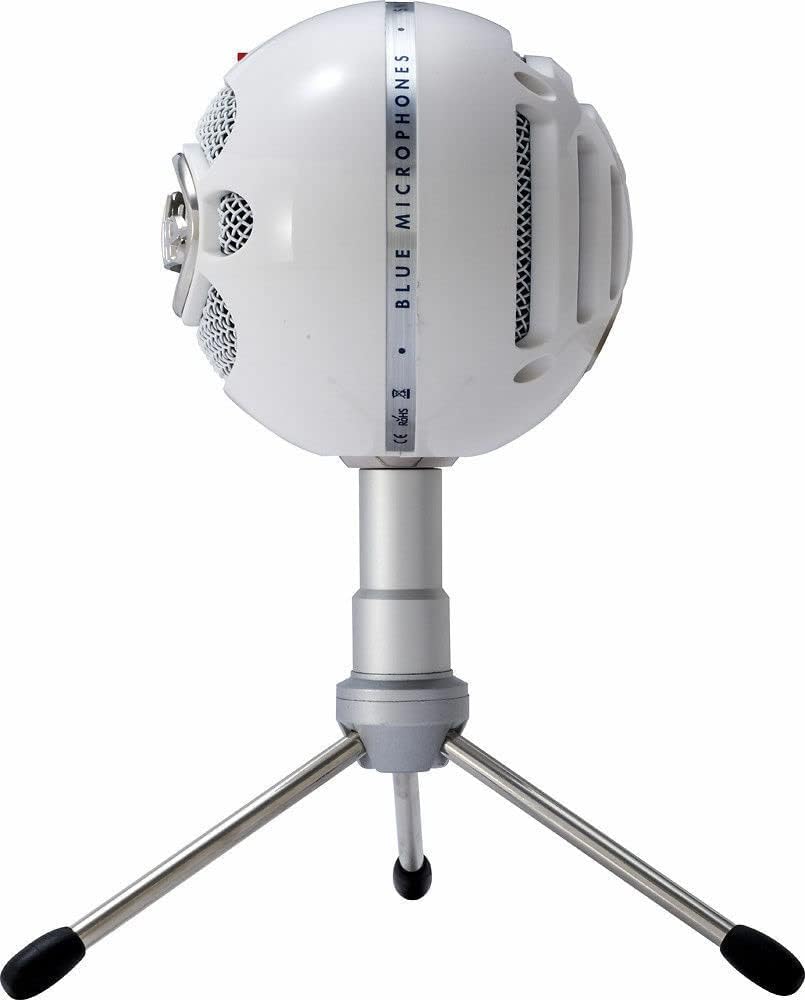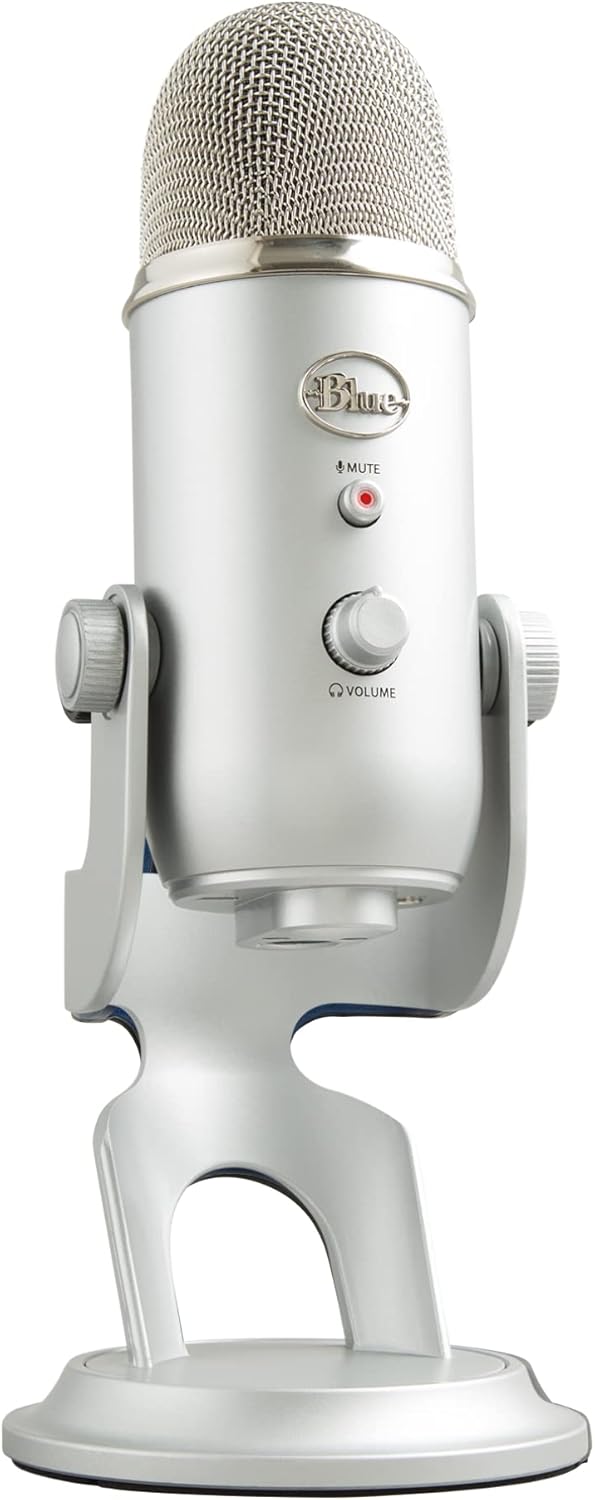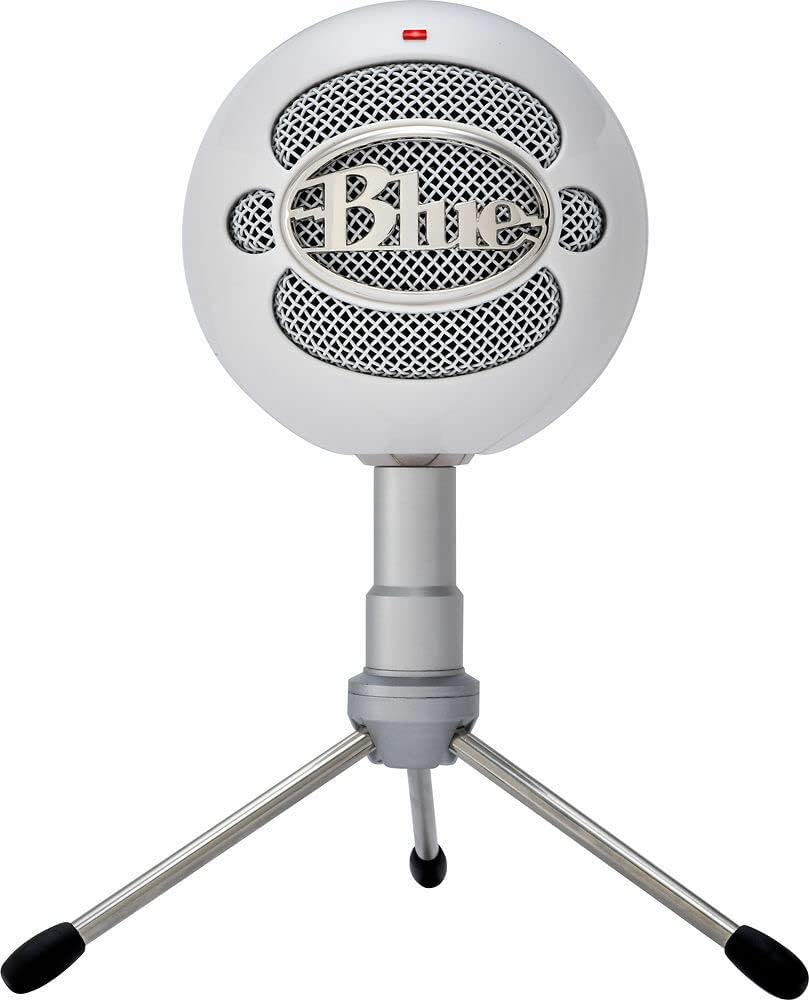Blue Yeti or Blue Snowball?
When it comes to USB microphones, Blue has long been a household name for content creators, podcasters, musicians, and casual users alike. Two of their most popular models, the Blue Yeti and the Blue Snowball, often dominate the conversation for those seeking high-quality audio solutions without breaking the bank or requiring complex setups. Both microphones offer plug-and-play simplicity, solid build quality, and impressive sound performance, but they cater to slightly different needs and budgets. In this article, we’ll dive deep into the features, pros, cons, and use cases of the Blue Yeti and Blue Snowball to help you decide which one is right for you.
Blue Yeti vs. Blue Snowball

Blue, now part of Logitech following its 2018 acquisition, has built a reputation for creating accessible yet powerful audio gear. The Blue Yeti and Blue Snowball are flagship USB microphones that embody this ethos, offering professional-grade recording capabilities without the need for external audio interfaces or mixers.
- Blue Yeti: Launched in 2009, the Yeti is often hailed as the gold standard for USB microphones. With its versatile recording patterns, robust design, and excellent sound quality, it’s a favorite among podcasters, streamers, and musicians.
- Blue Snowball: Introduced earlier in 2005, the Snowball is a more compact and budget-friendly option. It’s designed for simplicity and reliability, making it ideal for beginners or those with basic recording needs.
Both microphones connect directly to your computer via USB, eliminating the need for additional hardware, and they’re compatible with Windows, macOS, and even some consoles. But how do they stack up against each other? Let’s break it down.
Design and Build Quality
Blue Yeti
The Blue Yeti is a hefty microphone, weighing in at around 3.2 pounds (1.45 kg) with its included stand. Its retro-inspired design, available in colors like Blackout, Platinum, and Midnight Blue, gives it a premium and professional aesthetic. The Yeti features a sturdy metal body with a detachable desktop stand, which allows for easy positioning. You can also unscrew it from the stand and mount it on a standard microphone arm or shock mount for more flexibility.
On the microphone itself, you’ll find physical controls: a mute button, a gain knob, a headphone volume knob, and a pattern selection switch. These hands-on features make it easy to adjust settings on the fly without diving into software. The Yeti also includes a 3.5mm headphone jack for zero-latency monitoring, a boon for live recordings or streaming.
Blue Snowball
In contrast, the Blue Snowball is lighter and more compact, weighing about 1 pound (0.46 kg). Its spherical design—hence the name—comes in finishes like Gloss Black, White, and Brushed Aluminum, giving it a playful yet sleek look. It sits on a small, tripod-style stand with adjustable legs, though the stand feels less robust than the Yeti’s. Like the Yeti, it can be mounted on a mic arm, but you’ll need an adapter since it doesn’t use a standard thread out of the box.
The Snowball keeps things simpler with fewer onboard controls. There’s no mute button or gain knob—just a switch on the back to toggle between polar patterns (and a -10dB pad on some models). This minimalist approach makes it less intimidating for beginners but limits real-time adjustments compared to the Yeti.
Winner: Blue Yeti
The Yeti’s superior build quality, versatile stand, and onboard controls give it an edge in design. The Snowball’s compact size is appealing for portability, but it feels less premium and lacks the Yeti’s hands-on functionality.
Sound Quality
Blue Yeti
The Blue Yeti boasts a tri-capsule condenser array, allowing it to capture sound with impressive clarity and depth. It supports four polar patterns:
- Cardioid: Ideal for solo recording, such as podcasts or voiceovers, as it picks up sound from the front while rejecting noise from the sides and rear.
- Bidirectional: Perfect for interviews or duets, capturing sound from the front and back.
- Omnidirectional: Great for conference calls or group recordings, picking up sound from all directions.
- Stereo: Excellent for music or ASMR, providing a wide, immersive soundstage.
With a frequency response of 20Hz to 20kHz and a 16-bit/48kHz sample rate, the Yeti delivers rich, detailed audio that rivals some XLR microphones in its price range. Its sensitivity can pick up subtle nuances, though this also means it’s prone to capturing background noise if not paired with proper room treatment or a pop filter.
Blue Snowball
The Snowball uses a dual-capsule design and offers two primary polar patterns (with a third option on some models):
- Cardioid: Like the Yeti, this mode focuses on sound from the front, making it suitable for solo use.
- Cardioid with -10dB Pad: This reduces sensitivity to handle louder sources, such as instruments or shouting, without distortion.
- Omnidirectional (Snowball iCE lacks this): Captures sound from all directions, useful for group settings.
The Snowball’s frequency response is slightly narrower (40Hz to 18kHz), and it records at the same 16-bit/48kHz sample rate. While it produces clear, warm audio, it doesn’t match the Yeti’s depth or versatility. The Snowball excels for voice but can sound less dynamic with music or complex audio sources.
Winner: Blue Yeti
The Yeti’s tri-capsule design and four polar patterns make it more adaptable and sonically superior. The Snowball holds its own for basic recording, but it can’t compete with the Yeti’s richness and flexibility.
Features and Functionality
Blue Yeti
The Yeti’s standout feature is its versatility. The four polar patterns cater to a wide range of recording scenarios, from solo podcasts to multi-person interviews and musical performances. The onboard gain control lets you fine-tune input levels, while the mute button (with a red LED indicator) is a lifesaver for live streaming. The headphone jack provides real-time monitoring, ensuring you catch issues before they ruin a take.
Blue offers the Logitech G HUB software (formerly Blue Sherpa), which unlocks additional customization, including EQ settings, voice modulation, and preset profiles for gaming, streaming, or music. While not essential, it adds value for users who want more control.
Blue Snowball
The Snowball is a no-frills microphone. The Snowball iCE, the entry-level version, offers only a cardioid pattern and no software integration, keeping it ultra-simple. The standard Snowball adds the omnidirectional mode and -10dB pad, but it still lacks onboard controls beyond the pattern switch. There’s no headphone jack, so monitoring requires software or external hardware, which can introduce latency.
It’s compatible with Logitech G HUB for basic adjustments, but the options are limited compared to the Yeti. The Snowball’s strength lies in its plug-and-play ease, making it a go-to for users who don’t want to tweak settings.
Winner: Blue Yeti
The Yeti’s extensive features—multiple patterns, onboard controls, and monitoring—make it far more functional. The Snowball’s simplicity is a plus for beginners, but it sacrifices capability for ease of use.
Price and Value
Blue Yeti
The Blue Yeti typically retails between $129 and $149, though discounts often bring it closer to $100. For the price, you get a feature-packed microphone that competes with entry-level XLR setups. Its durability and versatility justify the cost for serious creators, though casual users might find it overkill.
Blue Snowball
The Snowball is more affordable, with the Snowball iCE priced around $49–$60 and the standard Snowball at $70–$90. It’s an excellent value for beginners or those with basic needs, offering solid audio quality at a fraction of the Yeti’s cost. However, its limitations become apparent as your recording demands grow.
Winner: Tie
The Yeti offers better value for advanced users, while the Snowball wins for budget-conscious beginners. Your choice depends on your needs and wallet.
Use Cases
Blue Yeti
- Podcasting: The cardioid and bidirectional modes make it ideal for solo or multi-person shows.
- Streaming: Onboard controls and monitoring suit live setups, especially with G HUB’s gaming presets.
- Music Recording: Stereo and omnidirectional modes handle instruments and vocals well.
- Voiceovers: Its clarity and gain control excel for professional narration.
Blue Snowball
- Casual Podcasting: The cardioid mode is perfect for solo beginners.
- Video Calls: Omnidirectional mode (non-iCE) works for group meetings.
- Basic Voice Recording: Affordable and easy for simple projects.
- Gaming: Decent for casual Discord or Twitch use, though it lacks monitoring.
Winner: Blue Yeti
The Yeti’s broader applications make it the better all-rounder. The Snowball suffices for entry-level tasks but struggles with more demanding scenarios.
Pros and Cons
Blue Yeti
Pros:
- Versatile polar patterns
- Excellent sound quality
- Onboard controls and monitoring
- Premium build
- Software customization
Cons:
- Higher price
- Sensitive to background noise
- Bulky for small setups
Blue Snowball
Pros:
- Affordable
- Compact and portable
- Easy to use
- Decent audio for the price
Cons:
- Limited patterns (especially iCE)
- No onboard controls or monitoring
- Less dynamic sound
The Botttom Line
The Blue Yeti is the superior microphone for most users. Its versatility, sound quality, and features make it a worthwhile investment for podcasters, streamers, musicians, or anyone serious about audio. If you’re willing to spend more and want a microphone that grows with your skills, the Yeti is the clear winner.
The Blue Snowball, however, shines as an entry-level option. If you’re new to recording, on a tight budget, or need something simple for casual use, the Snowball delivers reliable performance without overwhelming you with options.
Ultimately, your choice boils down to your goals:
- Pick the Blue Yeti if you want a professional-grade, future-proof microphone.
- Pick the Blue Snowball if you need an affordable, no-fuss solution to get started.
Both are excellent in their own right—it’s about matching the mic to your mission. Happy recording!


